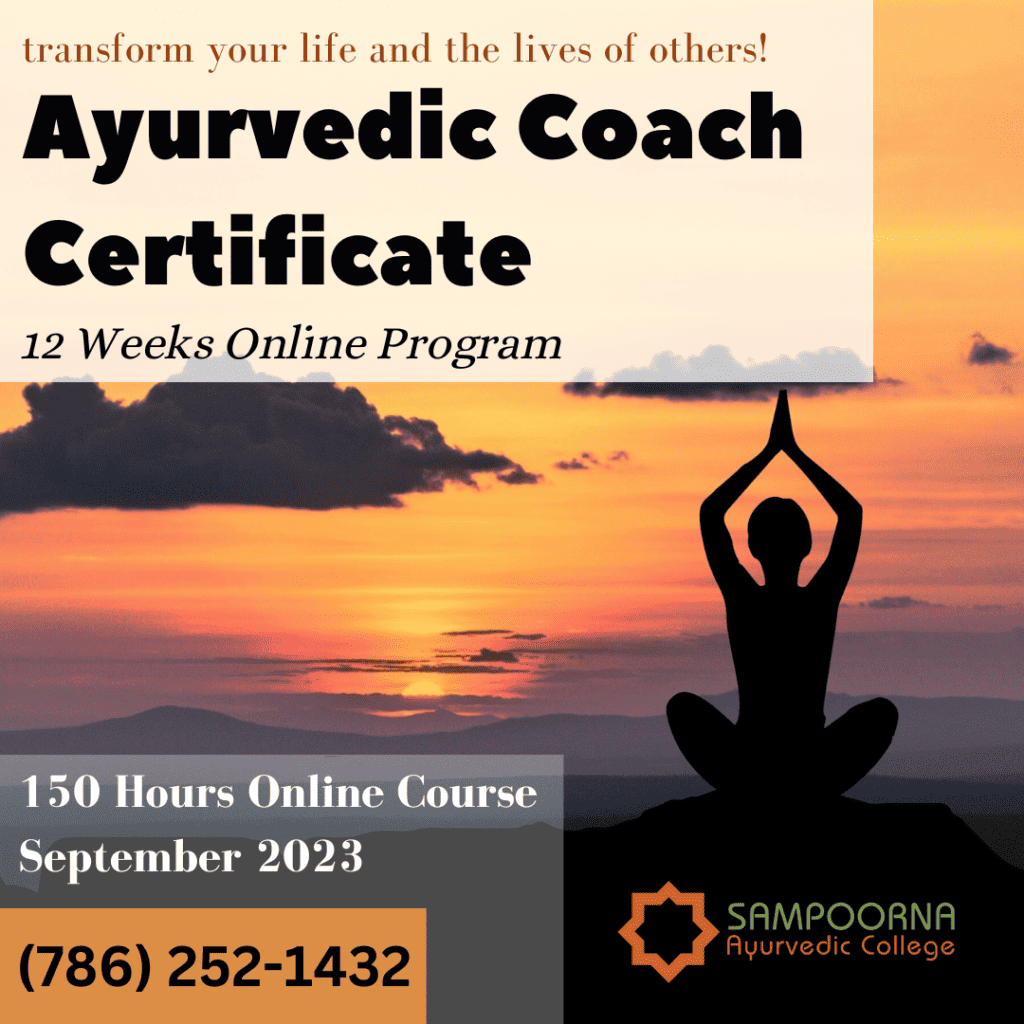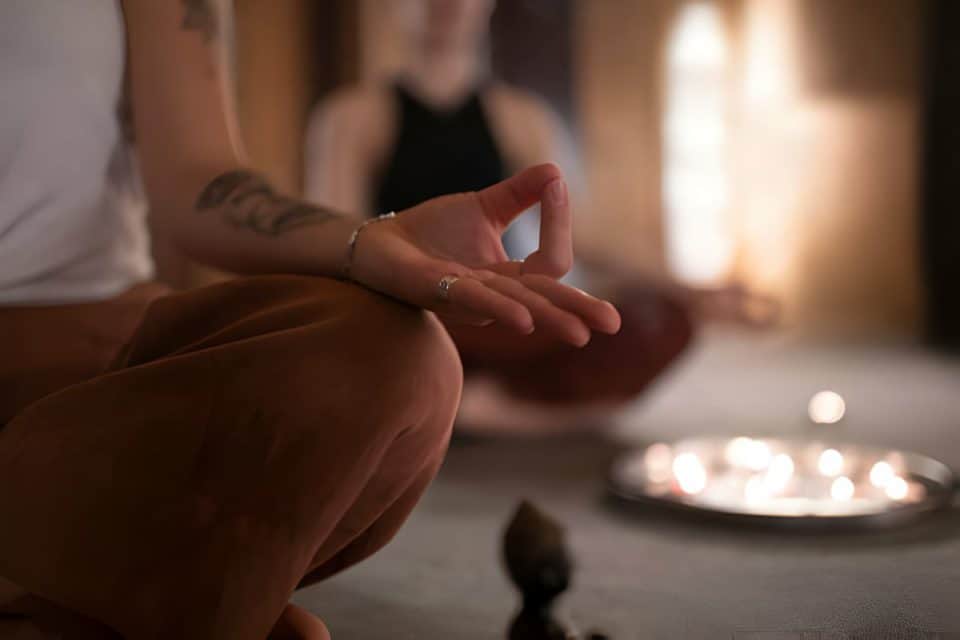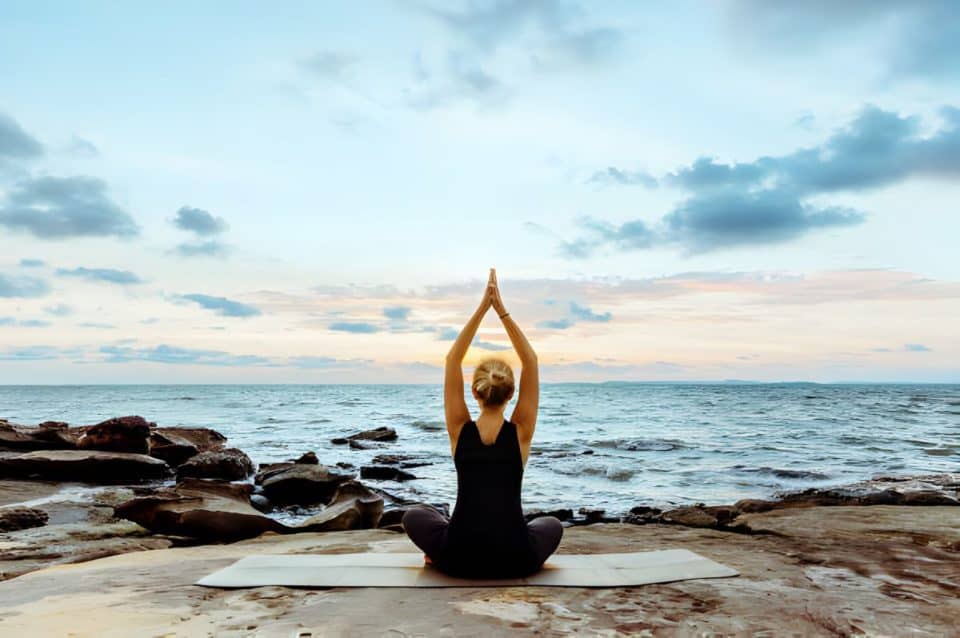In the dynamic dance of life, we often forget a silent yet vital partner: Vitamin D. Often dubbed the ‘sunshine vitamin,’ its deficiency is surprisingly common despite our sunny environment. Through an Ayurvedic lens, let’s explore how this critical nutrient interplays with our health and wellness.
Ayurveda, the ancient science of life, provides a holistic perspective on Vitamin D, unraveling its integral role in the orchestra of our bodily functions. With modern lifestyle patterns reducing our sun exposure, many people are experiencing Vitamin D deficiency, inviting many health challenges such as muscle weakness and bone ache, depression and feelings of sadness, loss of appetite, insomnia, fatigue, and low immune system.
To naturally boost your Vitamin D levels, we turn to Ayurveda’s time-tested wisdom, which harmoniously intertwines us with nature’s rhythm.
Read on to discover practical, Ayurvedic ways to increase your sunshine vitamin intake and step into a more balanced state of health.
Understanding Vitamin D Production: Sunshine and Your Health
To appreciate the relationship between sunshine and our health, it’s crucial to understand how Vitamin D production works.
When our skin is exposed to sunlight, specifically the sun’s ultraviolet B (UVB) rays, it triggers the body to produce Vitamin D. This vitamin is unique because our bodies can synthesize it when sunlight reaches our skin.
The benefits of Suryanamaskar for better health and immunity.

The Role of the Sun in Vitamin D Synthesis
The sun plays a starring role in our natural Vitamin D synthesis. However, the time of day, the latitude, and even the time of year can impact how much Vitamin D we produce.
Generally, the midday sun, particularly in the summer months, is the most effective for Vitamin D synthesis. However, too much sun exposure can lead to skin damage. Striking the right balance is key to safely benefiting from the sun.
Modern Lifestyle and Sun Exposure
Modern lifestyle patterns can often lead to decreased sun exposure. We spend most of our time indoors due to work or lifestyle habits. Furthermore, when outside, we often use sunscreen or cover our skin with clothing, limiting the body’s ability to produce Vitamin D. Recognizing these barriers is the first step in creating a more Vitamin D-friendly lifestyle.
Sun Exposure and Ayurveda
From an Ayurvedic perspective, balanced sun exposure is part of a holistic approach to health. Ayurveda promotes moderate sun exposure during the early morning or late afternoon for a safe and effective boost of Vitamin D.
It also stresses the importance of tuning in with nature’s rhythm and absorbing the sun’s energy to balance our doshas.
Remember, while sunlight is a natural way to boost Vitamin D, overexposure can have adverse effects. Listening to your body and finding the right balance that works for you is essential.
Ayurvedic Medicine for Vitamin D Deficiency
According to Ayurveda, maximum body absorption takes place in the small intestine. Therefore, the body’s natural ability to produce and absorb Vitamin D lies in a balanced Digestive fire or Agni.
Digestive power
Foods recommended with Vit D content, such as salmon, fortified cereals, milk and milk substitutes, almonds, spinach, and mushrooms, cannot be absorbed if your digestive power is low.
Avoid hard cheeses, meat, and chicken to balance your Agni or digestive fire. If meat is on your diet, have it in well-cooked stews during lunchtime. Cold foods and drinks will diminish your digestive power.
Favor Mung dal, basmati rice, barley, couscous and chapati. Add spices such as turmeric, cumin, ginger, fennel, black pepper, and coriander. Ripe fruits are beneficial. Avoid citrus and sour taste. Dates, ghee, and warm milk with ginger before bed can be favored.

Start your day with stewed apples and pears, cooked oatmeal, idli, or dosa for breakfast. Check to learn more about Ayurvedic breakfast.
Try soupy mung dal, basmati rice, and vegetables sauteed in ghee and spices for lunch.
For dinner, lighter food is ideal such as vegetable soup or flatbread (chapati) with light vegetable kurma.
Kitchari is perfect when balancing your agni.
Kanji balances all three doshas. It is made by boiling split brown rice in water, once cooked and still watery, and served hot. This recipe is ideal for weak digestion and rekindling agni. Kanji water can nourish the tissue, offer nutrition and help regain strength.
Sunlight: The Natural Vitamin D Source
Sun exposure is one of the most direct and effective Ayurvedic methods to increase Vitamin D levels. Spending time outdoors in the sunlight, particularly early morning or late afternoon, can significantly improve Vitamin D synthesis.
Ayurveda recommends moderation and balance, so ensure your sun exposure is neither too long nor too harsh.
Yoga and Meditation
Yoga and meditation, integral to Ayurvedic practice, may indirectly support Vitamin D levels. Specific yoga asanas, or poses, performed under the sun, such as Surya Namaskar (Sun Salutations), can be beneficial.
Furthermore, meditation can reduce stress levels, potentially enhancing the body’s ability to utilize Vitamin D more effectively.
Precautions for Sun Exposure: Balancing Health and Safety
While the sun is a natural source of Vitamin D, it’s important to remember that overexposure can lead to skin damage, premature aging, and an increased risk of skin cancer. Striking the right balance is critical when using sun exposure to boost Vitamin D.
Ayurveda generally encourages limited sun exposure during the less intense hours of the day, typically early morning or late afternoon.
Skin Type and Sun Exposure
Your skin type plays a significant role in determining your sun safety. People with lighter skin burn more quickly than those with darker skin. Understanding your skin type can help you gauge how much sun exposure is safe.
The Role of Sunscreen
While sunscreen is essential for protecting your skin from the harmful effects of UV rays, it can also inhibit Vitamin D production.
To maintain a balance, consider going sans sunscreen for short periods (10-15 minutes) during the early morning or late afternoon when the sun’s rays are less intense.
Protective Clothing and Shade
Apart from sunscreen, wearing protective clothing and seeking shade are other effective ways to protect yourself from excessive sun exposure. Hats, sunglasses, and clothing with built-in sun protection can safeguard your skin without hindering your Vitamin D production.
Final Words
Embracing the wisdom of Ayurveda can lead us on a holistic journey to balance, vitality, and well-being. With its comprehensive approach, we’ve explored how ancient science encourages us to boost our ‘sunshine vitamin’—Vitamin D—naturally and safely.
From moderate sun exposure and balanced digestive fire to an active lifestyle and awareness of our unique body type, Ayurveda invites us to sync with nature’s rhythms. We can gracefully navigate modern health challenges such as Vitamin D deficiency as we respect our bodies and the environment.
However small, every step towards balance is a step toward optimal health. Embrace the sun, savor the diet, and enjoy the journey towards a healthier, more radiant you.




